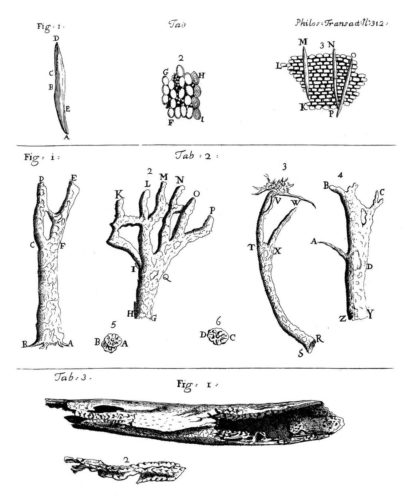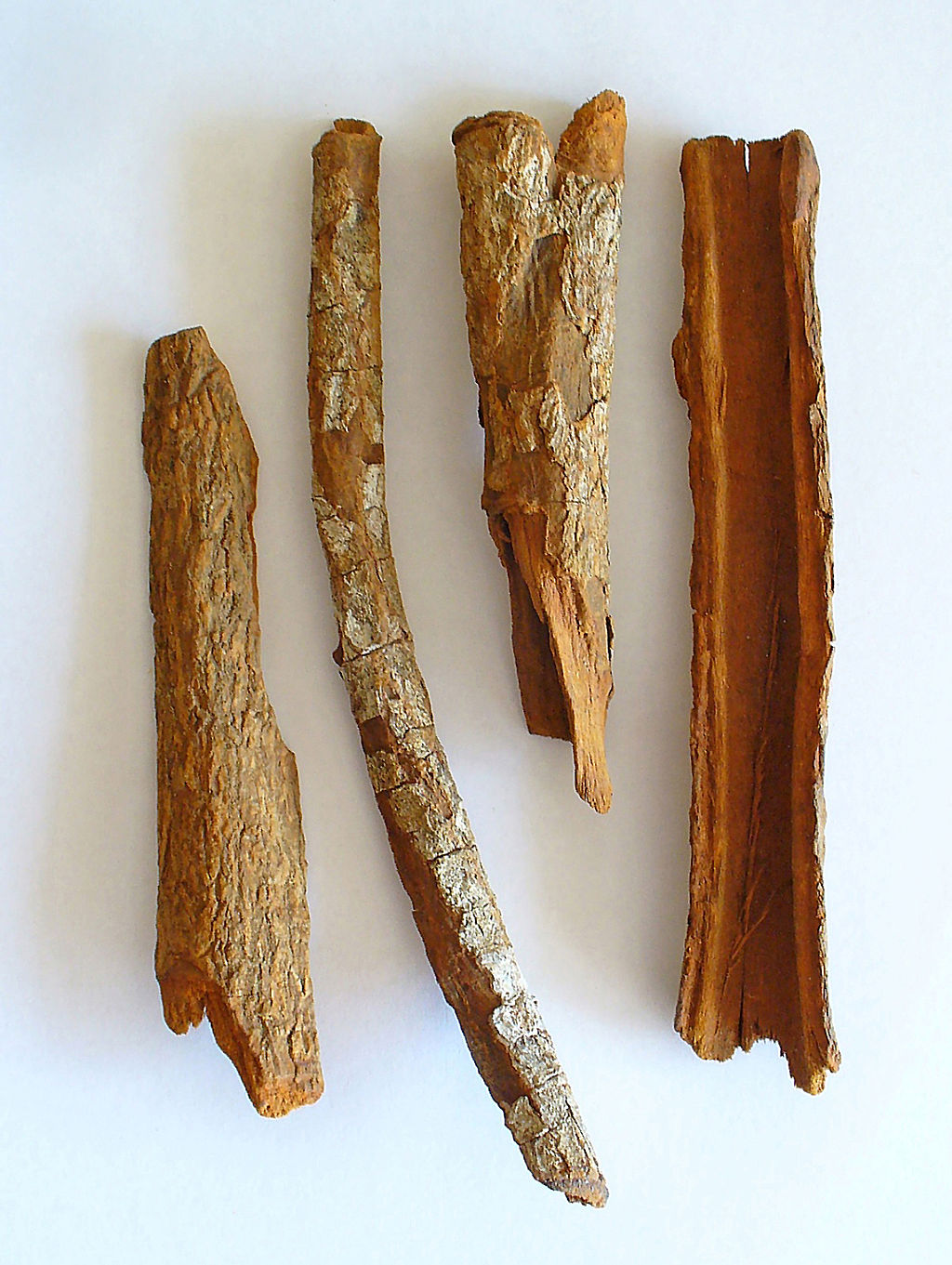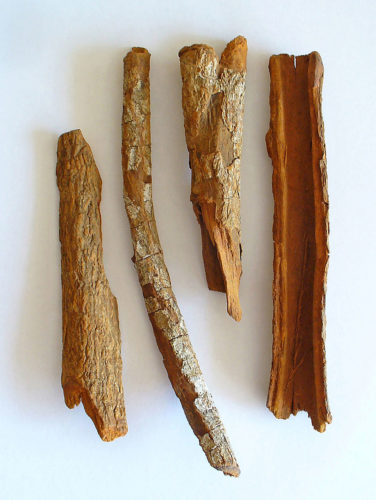Update: Everyone is talking about this now.
BREAKING: S. Korea significantly reducing lethality of coronavirus by prescribing a chloroquine diphosphate salt + zinc treatment combo to block COVID-19 viral enzyme @ 500 mg per day of chloroquine + zinc for 10 days
— Paul Sperry (@paulsperry_) March 12, 2020
But don’t self-medicate with fish tank cleaner! And don’t listen to the MSM and its TDS.
Damning indictment of the irresponsible reporting from @NBCNews @VaughnHillyard @HeidiNBC @Forbes @tarahaelle & all the other fake news haters who will publish anything because of their TDS.
— Trump War Room – Text TRUMP to 88022 (@TrumpWarRoom) March 24, 2020
No, President Trump Did Not Make Anyone Ingest Fish Tank Cleanerhttps://t.co/N1VwGDz8QV
In a three-page paper published Tuesday in Cell Research, scientists at the Wuhan Institute of Virology’s State Key Laboratory of Virology (a place with a vested interest in curing this disease!) write that both chloroquine and the antiviral remdesivir were, individually, “highly effective” at inhibiting replication of the novel coronavirus in cell culture.
Hydroxychloroquine (HCQ) is an anti-malarial and anti-rheumatic compound that has been used all over the world for many decades. It is closely related to chloroquine and like chloroquine, it has known antiviral activity for several virus species, including HIV. It is very cheap to produce.
Another, limited, study showed promising results in Marseille, France, where Professor Didier Raoult treated 24 COVID-19 patients with the drug. Six days after starting the Plaquenil therapy, the virus disappeared in 75% of the cases. In South Korea, disease experts have begun to recommend the use of a combination of antiviral and anti-malaria drugs including HCQ
Unlike remdesivir, it is pharmaceutical compound that is already in wide use and does not need approvals.
Hydroxychloroquine is being tested in the Chinese clinical trial to determine its effectiveness in treating novel coronavirus pneumonia.
On Feb 20th, the team said, “Chloroquine has good antiviral capabilities against the novel coronavirus as evaluated in vitro. It has been approved for clinical trial by the Ministry of Science and Technology and National Health Commission.”
Where does it come from?

The bark of the cinchona (also known as the fever tree) tree has been known for centuries by the South Americans as a treatment for fever. The essential ingredients of this particular bark were quinines (also found in small amounts in tonic water, sadly not enough to be efficacious). Quinines were found to be efficacious in treating malaria. In the quinine family, chloroquine became used globally, for malaria and certain skin diseases.
Hydroxychloroquine (Plaquenil)
The ‘older’ drug chloroquine, whilst very effective, had a number of serious side effects including nausea, and in high doses, retinal damage in the eye. The move to the ‘son of chloroquine’ – hydroxychloroquine. Developed during World War II, hydroxychloroquine is similar to chloroquine and is sold as a generic medicine and as the brand, Plaquenil. The drug is also used to treat rheumatoid arthritis and lupus.


